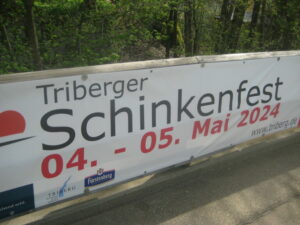I keep looking at those, no significant progress yet but here’s what I have got so far:
- ClariSSA—I’ve managed to locate two routines in
ssa.librarythat look like video decompression routines (one is more advanced version of the other SSA with over a hundred of opcodes, another one is a simple RLE) but I still don’t know how they relate to e.g.BESTorCOSTchunks inside IFF. Update: apparently it separates data like opcodes or plane values into those chunks, I’ll write in more details about it later; - DeluxeVideo—haven’t looked at it that closely but it resembles more of an animation system (e.g. Macromedia Flash) than compressed video frames. Update: that’s because it is, the file essentially contains references to the actual sprites and backgrounds plus the commands and effects to apply on them;
- TheDirector Film—the player for the only known sample uses some LZ-based cruncher but I’m too lazy to spend time on reconstructing the unpacked executable (or mess with UAE let alone unpacking and powering on my expensive door-stopper with AmigaOS 4.1);
- Magic Lantern Diff—nothing much to say, looks doable. Update: it turned out to be RLE-based and I’m not sure but it might be coding data vertically like Zoetrope did;
- NTitler—this is essentially a binary script for the program, referring to external resources for everything and such. Not something particularly interesting or fun to look at.
And there you are. After I do what I can with these formats (though as you can see for two of them it’s “not worth looking further” resolution already) I’ll move to something non-Amiga entirely.

